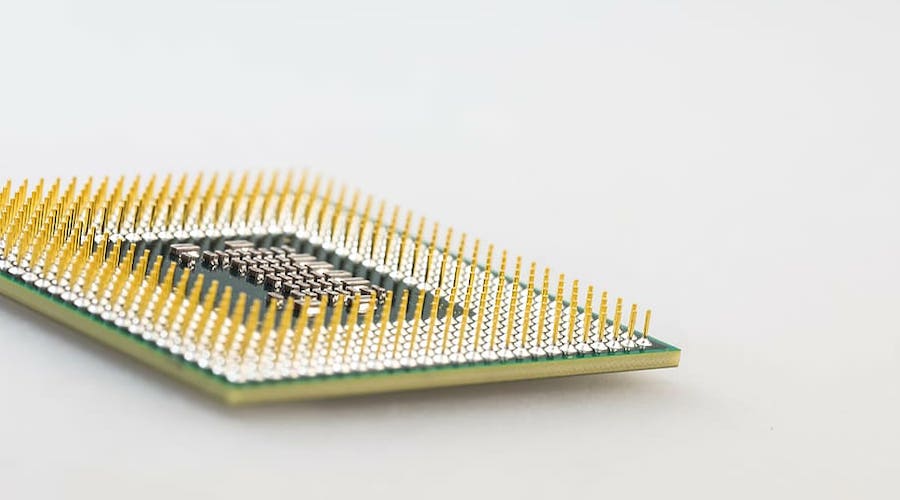|
Micro electronics can still rely on gold
Monday, March 30, 2020 - 11:48:30 AM
Mining
|

|
The study was carried out because engineers were starting to worry about the possibility of the tiny gold wires that are used in electronics behaving more like a liquid than a solid as circuits shrink to the nanoscale.
Thus, a research team at Stanford University, Korea Advanced Institute of Science and Technology and Trinity College conducted an experiment in which they used a device known as a diamond anvil cell, normally employed to compress gold. The idea was to put tiny gold particles under extreme pressure, while simultaneously measuring how much that pressure damaged gold’s atomic structure.
The anvil’s pressure dislodged some atoms from the crystal and created tiny defects in the gold. According to the study’s lead scientist, Wendy Gu, such a reaction was expected because a nanoparticle of gold is built like a skyscraper with atoms forming a crystalline lattice of neat rows and columns.
Since the gold particles were only four nanometers in length, to detect the defects Gu and her team shined X-rays through the diamond onto the gold. Defects in the crystal caused the X-rays to reflect at different angles than they would on uncompressed gold.
By measuring variations in the angles at which the X-rays bounced off the particles before and after pressure was applied, the team was able to tell whether the particles retained the deformations or reverted to their original state when pressure was lifted.
“The defects remain after pressure was removed, which told us that gold behaves like a solid even at such scales,” Gu said in a media statement. “For the foreseeable future, gold’s luster will not fade.”
In summary, the findings mean that chipmakers can know with certainty that they’ll be able to design stable nanodevices using gold for years to come.
http://www.miningnewspro.com/en/News/508243/Micro electronics can still rely on gold
|